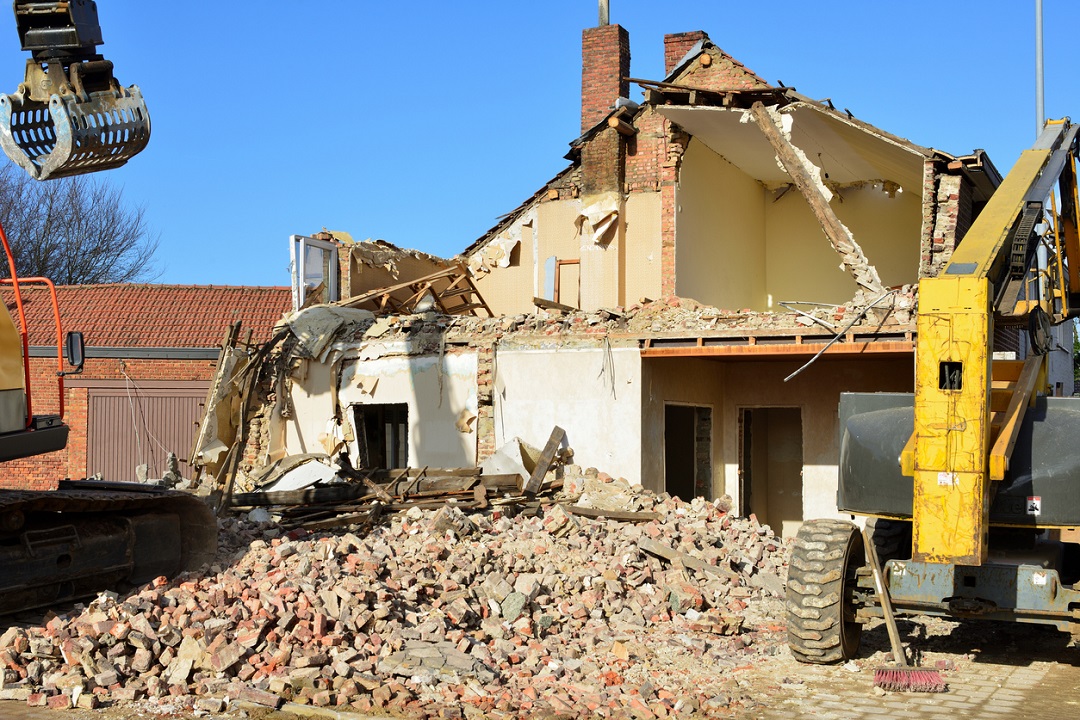Yet while these advances may offer more convenience or peace of mind, it’s even more crucial that residential homes be structurally — not just technologically — smart. A structurally sound, smartly built home has a frame that’s connected throughout its walls and floors, from the roof down to the foundation. It’s constructed by creating what’s known as a “continuous load path,” wherein a system of wood, metal connectors, fasteners and shearwalls ties the entire frame together at critical points.

Building or retrofitting a home with a continuous load path greatly increases its structural safety, and is especially important if you build in an area that is seismically active or prone to high-wind events like hurricanes or tornadoes. A continuous load path helps hold the house together when ground forces or strong winds try to pull it apart. Forces and pressures such as uplift, sliding, racking and overturn are transferred along the load path from the frame to the foundation, which is the strongest part of the house. A home is more likely to withstand these events and stay intact when all parts of the house — roof, walls, floors and foundation — are connected to each other

Although building codes require homes to be built with a continuous load path, not all parts of the country follow these national building standards. And homes built before 1985 typically do not have a continuous load path. Framing used to be done by toenailing rather than with connectors.” However, during high winds and earthquakes, nails tend to pull or pop out, causing significant damage to homes.

Connections made with metal connectors are much more difficult to pull apart. It takes greater force to pry a connector loose than a toenailed connection, which is why more and more builders today choose to use connectors to construct their homes.

Even if you don’t live in a seismically active or coastal region, all states are subject to high-wind storms, and many to thunderstorms and blizzards. Making sure that homes are built with connectors and a continuous load path provides extra reinforcement that enhances the safety of homes and protects families when an unexpected weather event happens.
Adding connectors is a relatively inexpensive investment. Depending on the size of the home, it can cost anywhere between a few hundred and a few thousand dollars. Adding connectors and bracing to secure a foundation, for example, is a comparatively low-cost retrofit project. Remember that the cost of a retrofit is nominal compared to that of repairing or rebuilding a home.
Even in the age of the ubiquitous smart device, often the best and smartest designs aren’t digital — but rely instead on good, old-fashioned strength and resilience.


